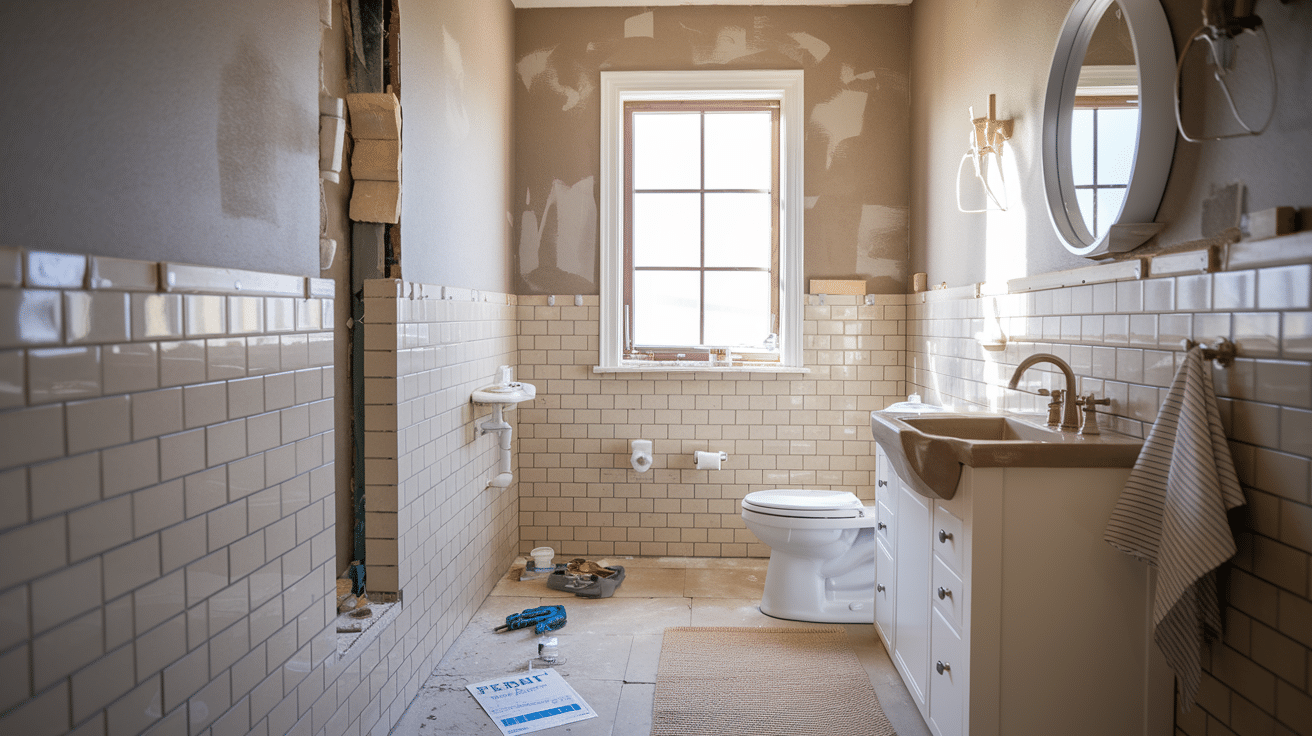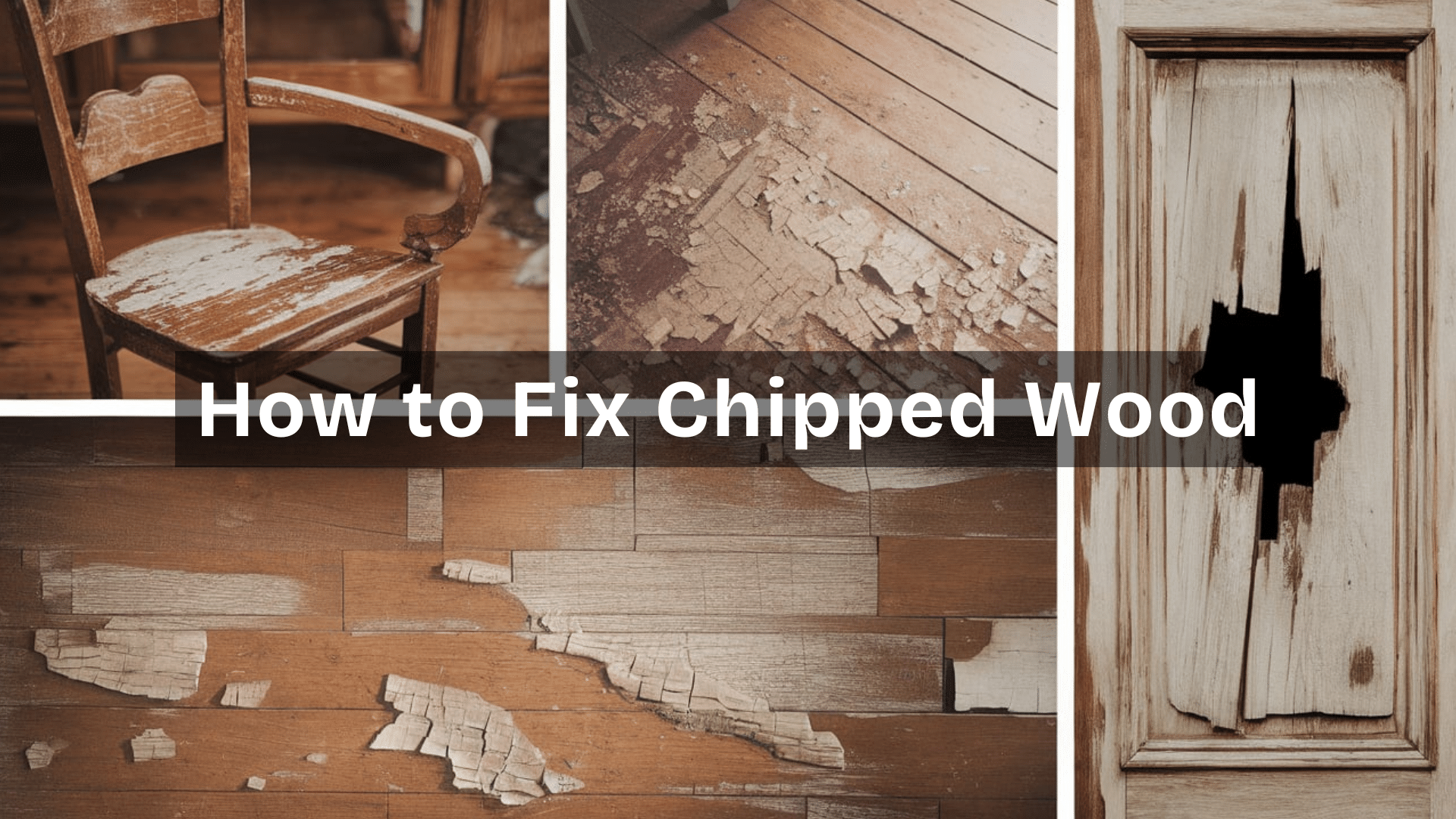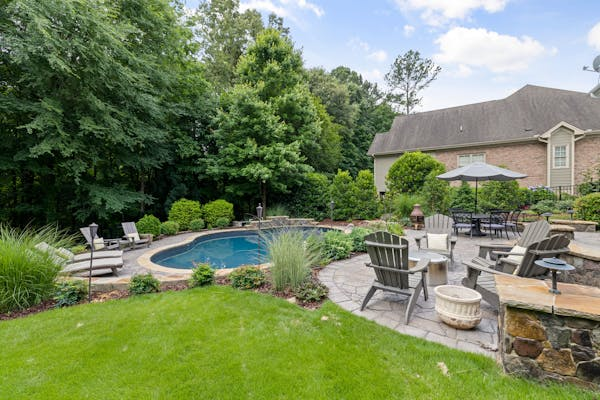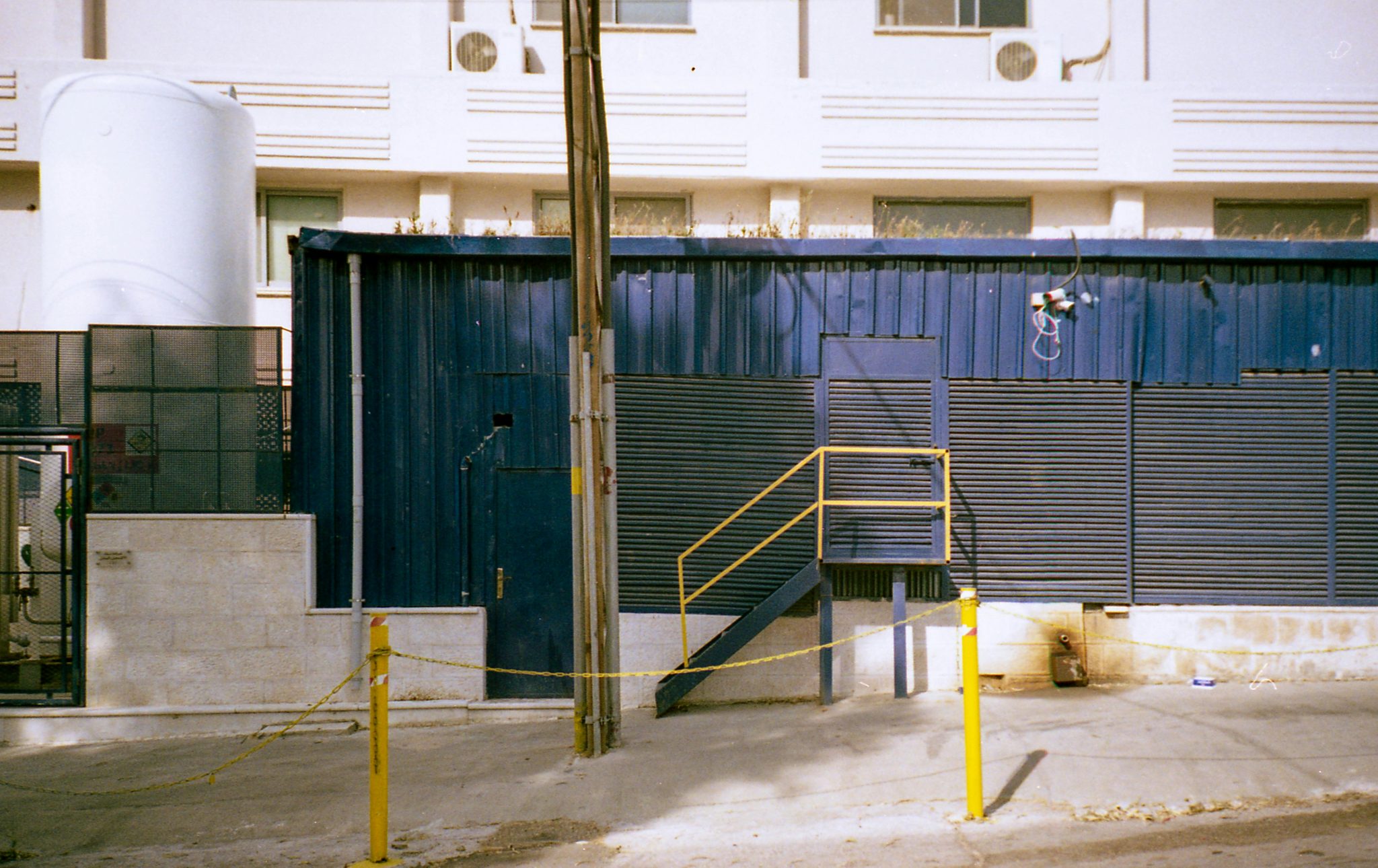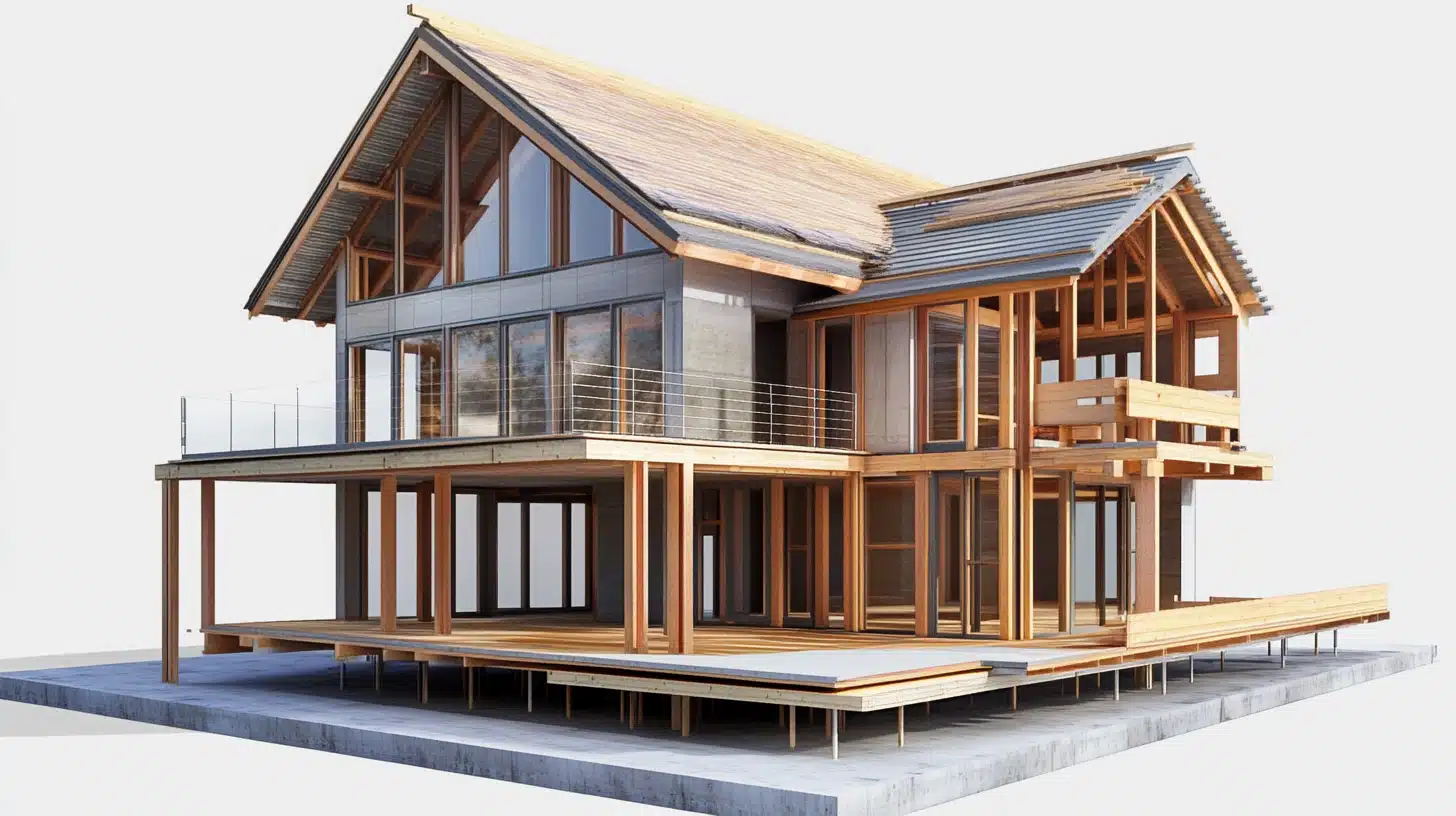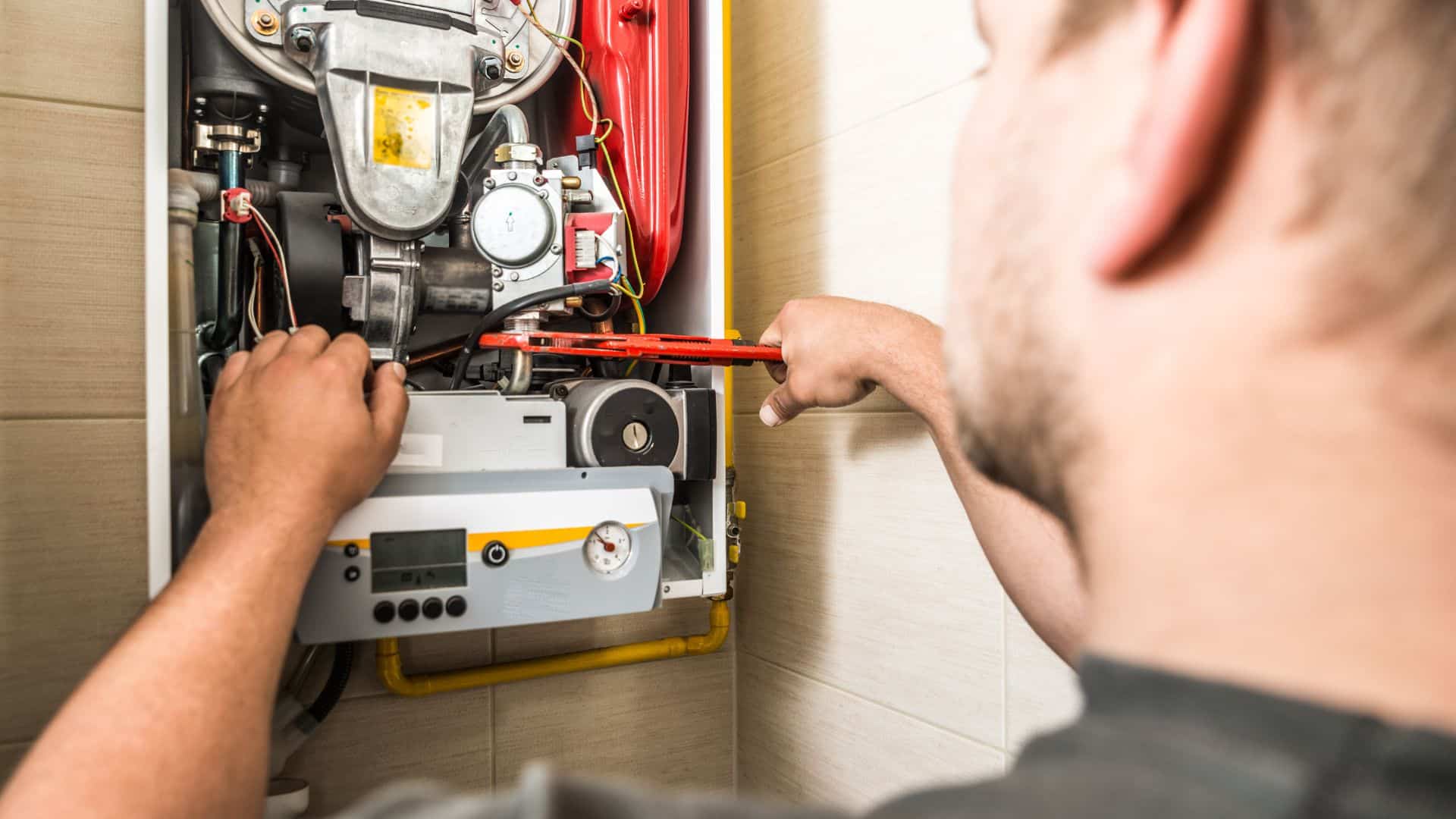Do You Need Permits to Remodel a Bathroom: A Complete Guide
When planning a bathroom update, many homeowners wonder about permits. Do you need one for your project?
The answer isn’t always clear. Some projects, like changing paint colors or replacing a faucet, don’t need official paperwork.
Other work, such as moving plumbing lines or adding electrical outlets, often requires approval from your local building department.
Understanding what needs a permit helps you avoid problems later.
This guide will walk you through the basics so you can plan your bathroom remodel with confidence.
We’ll cover which projects need permits, how to apply for them, and what can happen if you skip this important step.
Why Permits Matter
Permits exist to keep you and your home safe. They make sure work meets building codes and safety standards.
Getting the right permits might seem like extra work, but they protect you from unsafe construction and potential problems when selling your home later.
Local building departments create these rules to ensure proper construction methods, safe electrical work, and correct plumbing installation.
Do You Always Need a Permit for a Bathroom Remodel?
Not always. The general rule is that cosmetic changes usually don’t need permits, while structural, electrical, or plumbing changes typically do.
Building codes exist to protect people. When you make changes that could affect safety (like electrical work) or the structure of your home, officials want to make sure the work meets safety standards.
Bathroom Remodel Projects That Usually Need a Permit
- Moving Plumbing: Fixtures such as toilets, sinks, showers, or tubs typically requires a permit to ensure proper installation and prevent leaks or water damage.
- Electricals: Rewiring or adding new outlets needs official approval since improper electrical work can cause fires or shock hazards in wet bathroom environments.
- Structural Changes: Working on walls, especially load-bearing ones, require permits because they can affect your home’s stability and safety if not done correctly.
- Installing Ventilation: New systems or exhaust fans often need approval to ensure proper venting and prevent moisture problems that could lead to mold.
- Windows: Adding or changing window openings requires permits because they affect both the structure and sometimes the energy efficiency of your home.
- Layouts: Major layout changes need approval since they often involve multiple systems like plumbing, electrical, and structural elements that need proper inspection.
- Adding a Bathroom: A new bathroom where one didn’t exist before almost always requires permits as it involves new plumbing, electrical, and possibly structural modifications.
Projects That Usually DON’T Require a Permit
- Painting: Painting walls is considered cosmetic and doesn’t affect the safety or structure of your bathroom, so permits aren’t typically required.
- Replacements: Replacing existing fixtures like swapping an old toilet for a new one in the same location generally doesn’t need a permit if you’re not changing the plumbing.
- Cosmetics: Changing out flooring materials such as installing new tile or vinyl is usually considered cosmetic as long as you’re not altering the subfloor structure.
- Non-Structural: Replacing cabinets without changing the layout is typically permit-free since it doesn’t involve structural, plumbing, or electrical modifications.
- Basic Reworking: Basic repairs that don’t involve structural elements are generally allowed without permits, though specific rules vary by location.
City & State Rules Matter: What to Know?
Permit requirements change depending on where you live. What’s allowed in one city might need approval in another.
New York City has strict rules about bathroom work in apartments, especially concerning waterproofing and plumbing modifications in multi-unit buildings.
Los Angeles requires permits for most plumbing changes due to concerns about water conservation and proper disposal of wastewater.
Chicago has specific electrical requirements for bathroom outlets, including GFCI protection and proper placement near water sources.
Most cities have websites where you can look up local building codes and permit requirements. Your local building department can provide specific information about your area.
What Happens If You Skip the Permit?
Working without required permits can lead to fines that often cost more than the permit itself, making the “savings” disappear quickly.
Stop work orders can halt your project mid-way, causing delays and additional costs as you scramble to get proper approvals.
Issues when selling your home can arise as unpermitted work may need to be disclosed to buyers, potentially reducing your home’s value or complicating sales.
Insurance problems might occur if damage stems from unpermitted work, as some policies don’t cover problems arising from non-code-compliant modifications.
Safety risks exist from work that hasn’t been properly inspected, potentially putting your family at risk from faulty electrical, plumbing, or structural work.
How to Get a Permit: Step-by-Step

- Define your project scope by making a detailed list of all changes you plan to make so you can accurately describe your project to building officials.
- Contact your local building department to ask which specific permits you need for your bathroom project and get the correct application forms.
- Hire a contractor or architect for larger projects where you may need professional plans to submit with your permit application.
- Submit paperwork by completing all required applications and paying the associated fees, which vary based on your location and project size.
- Wait for approval, which might take anywhere from a few days to several weeks depending on your location and the complexity of your project.
- Schedule inspections once approved, as officials will need to check work at various stages, from rough-in plumbing and electrical to final completion.
Who Applies for the Permit — You or the Contractor?
For DIY projects, you as the homeowner will need to apply for permits and take responsibility for scheduling inspections and ensuring code compliance.
Licensed contractors often manage permit applications as part of their services, and hiring a professional bathroom remodeling team ensures the process runs smoothly thanks to their familiarity with local requirements.
Some locations only allow licensed professionals to apply for certain types of permits, particularly for specialized work like electrical or plumbing modifications.
Even when contractors apply, homeowners should verify permits are in place by asking for copies and confirming with the local building department if needed.
Working with HOAs or Condo Boards
Check HOA rules before starting any work, as associations often have additional requirements beyond city codes, particularly for changes that might affect common areas.
Get written approval from your board to avoid problems later, as some associations can require restoration of unauthorized modifications at your expense.
Be aware of work hour restrictions that many buildings and communities impose to limit noise and disruption to neighbors during certain hours.
Submit any required plans or design approvals that may be needed by your association’s architectural committee or board before beginning work.
Understand that HOA approval is separate from city permits, and you’ll need both before proceeding with your bathroom remodel if you live in a managed community.
Cost of Bathroom Remodeling Permits
Your location significantly affects permit costs, with urban areas typically charging more than rural locations due to higher administrative costs.
Project size and scope determine fees in many places, with more extensive remodels requiring higher permit costs due to more complex inspections.
Total renovation cost is used by some municipalities to calculate permit fees as a percentage of the overall project value, typically ranging from 1-3%.
Typical bathroom permit fees range from $50 to $500, though complex projects in expensive areas can cost more depending on local fee structures.
Some places charge flat fees for standard bathroom remodels, while others use a formula based on square footage or estimated project value to determine costs.
DIY vs Hiring a Pro: When Permits Make a Difference
Some locations only allow licensed professionals to do electrical or plumbing work, making those aspects of your project off-limits for DIY, regardless of your skills.
DIY projects still need proper permits and inspections, and you’ll be responsible for knowing and following all applicable codes without a professional’s guidance.
Contractors should be familiar with local code requirements and can often navigate the permit process more efficiently due to their experience with the system.
Professional work often comes with warranties that depend on proper permitting, and those guarantees may be void if work is done without required approvals.
Conclusion
Getting permits for your bathroom remodel might take extra time during your bathroom remodel. But these steps protect both you and your home in the long run.
Getting the right approvals helps make sure your bathroom is safe, properly built, and meets local codes.
Start by talking to your local building department before you make any big plans.
These folks can tell you exactly which permits you’ll need based on your specific project. They can also explain the steps you’ll need to follow.
With some basic planning and the right information, getting permits doesn’t have to be complicated.
The small effort now can save you from bigger problems later when selling your home or dealing with insurance matters.
Frequently Asked Questions
How Long Does it Take to Get a Permit?
It depends on the project and city. Some take a day, others a few weeks.
How Much Does a Bathroom Remodel Permit Cost?
Costs usually range from $50 to $500 based on your area and project type.
Can I Remodel a Bathroom Myself Without a Permit?
You can paint or update finishes, but bigger changes often need approval.

